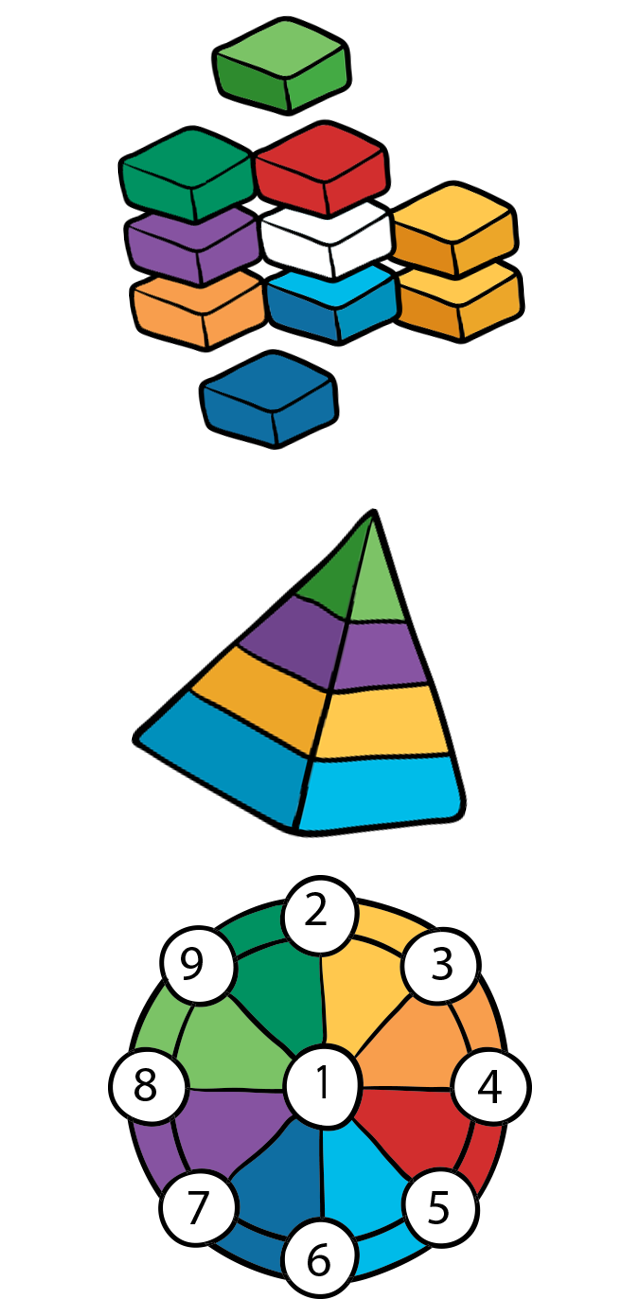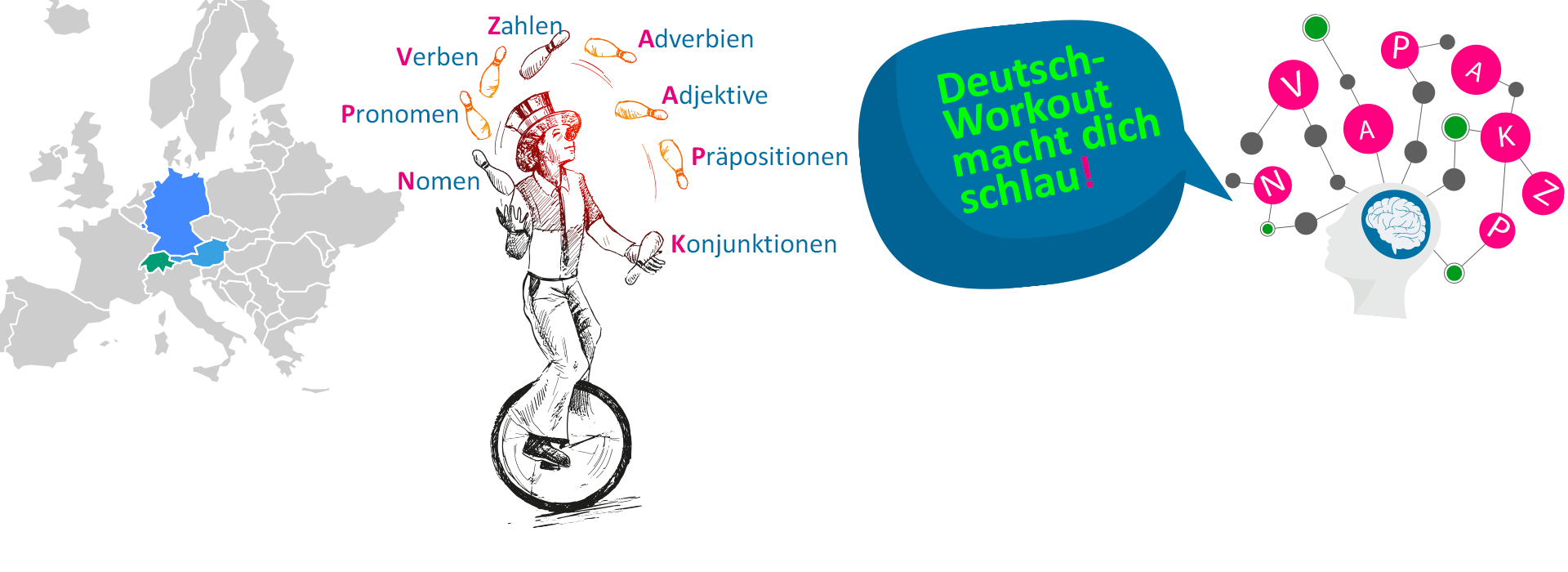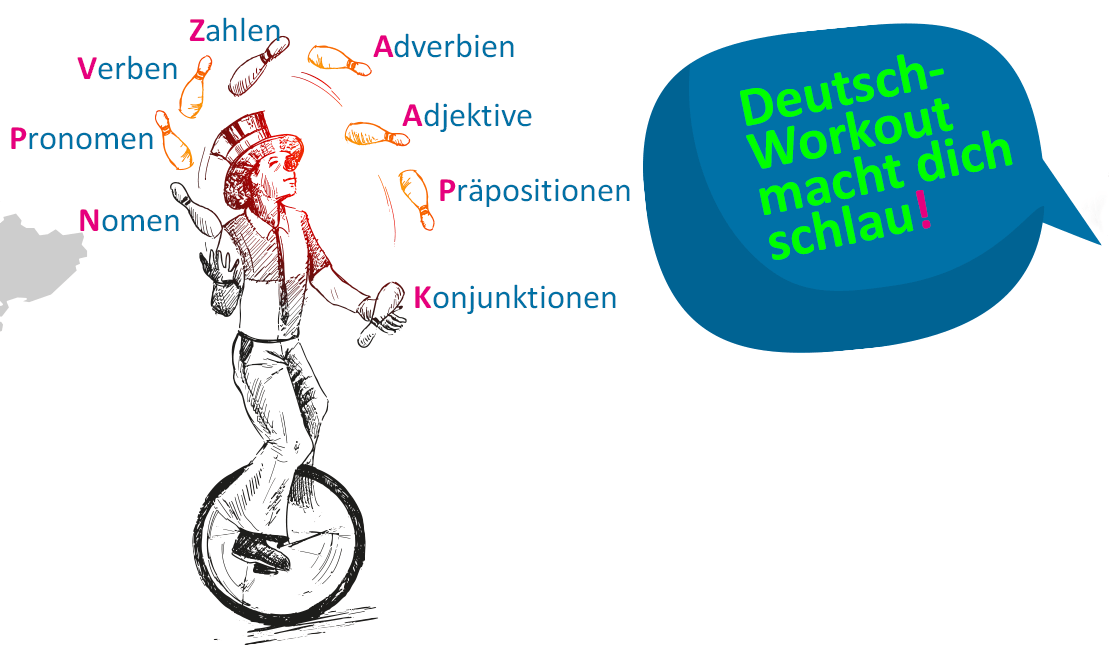When you start learning German, you should first of all know how many word types there are in German, what function they have and pay attention to their specific use and position. This short overview should help you to get an introduction to the most important functions at the A1 level.
Verbs indicate the action in the sentence. Conjugated verbs in the main clause are in position 2. Verbs can appear in different forms and have several functions.
More about verbs in the German language:
Nouns are names of phenomena, living beings, objects, plants, places and landscapes etc. In German, fixed article genders with nouns and plural endings are learned.
More about nouns in the German language:
Pronouns are words for addressing, addressing and replacing the nouns mentioned. For example. A feminine noun is replaced with “sie” in the position of a subject with masculine ” er” and neuter “es”. Depending on the position in the sentence, they are used with the nominative, accusative or dative rule.
More about pronouns in the German language:
Adjectives express characteristics of a noun or subject in sentences with the verb “sein”. Adjectives in German always come before nouns.
More about adjectives in the German language:
Prepositions are connecting words for further explanations, clarifications and expansions in a sentence. There are prepositions with accusative, dative and alternating prepositions, later in B1 language level with genitive.
More about prepositions in the German language:
Conjunctions are connectors between sentences, parts of a sentence. ADUSO (aber, denn, und, sondern, oder) are in position 0 in the sentence.
More about conjunctions in the German language:
Interjections/particles are short exclamations. Independent interjections stand alone and have a certain meaning, e.g. ach so, ach, oh je, schade, etc. Other particles such as mal, doch, bitte are often used in the imperative to soften or strengthen the request.
More about conjunctions in the German language:
For example, numbers determine the plural or singular form of verbs when they are connected to the subject and determine the articles and endings of nouns because of singular or plural.
More about conjunctions in the German language:

That was a brief overview of the typical parts of speech in German. If you would like to know more about certain word types, you can browse through our learning aids and find out more about them and other grammar topics. Have fun with it!

